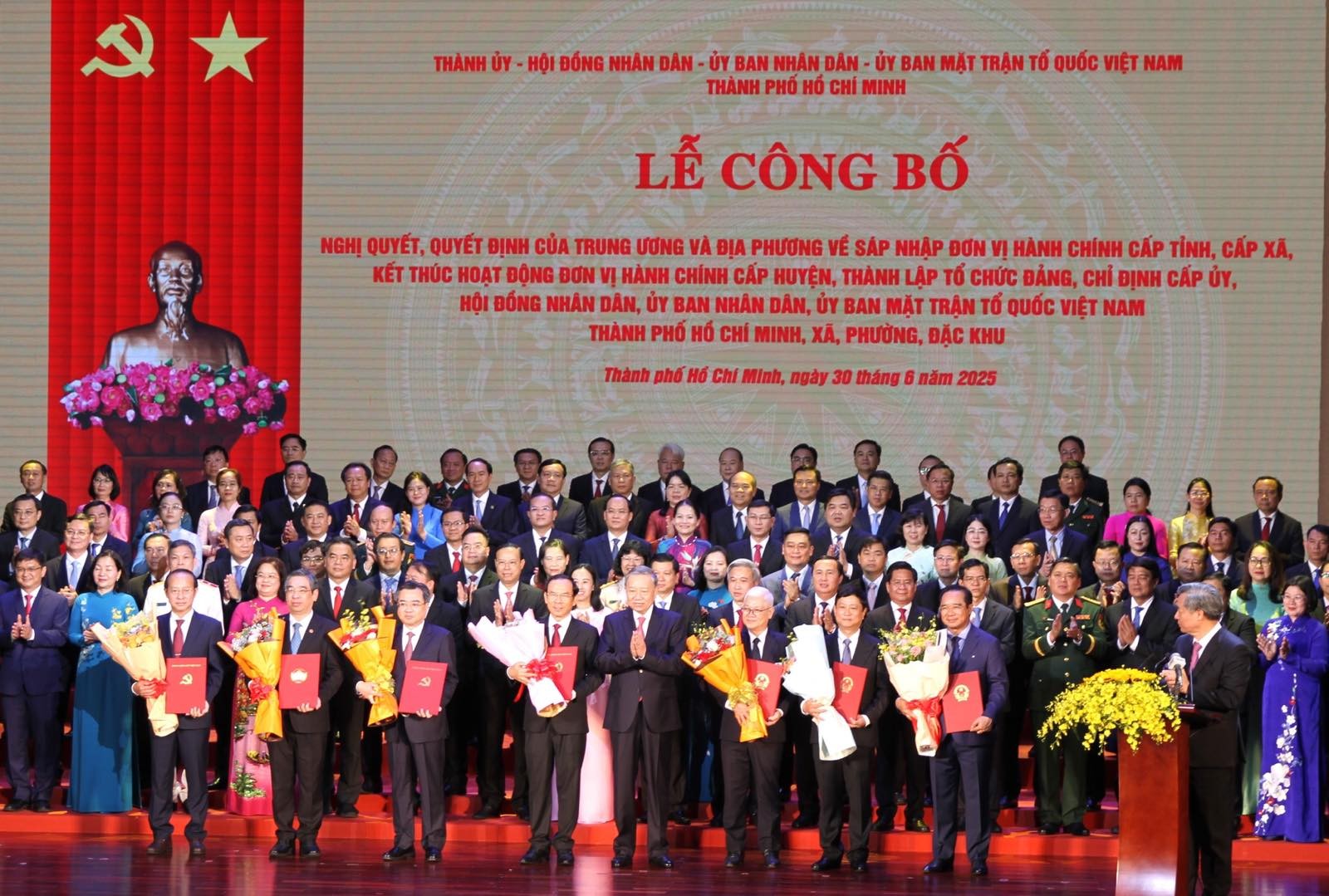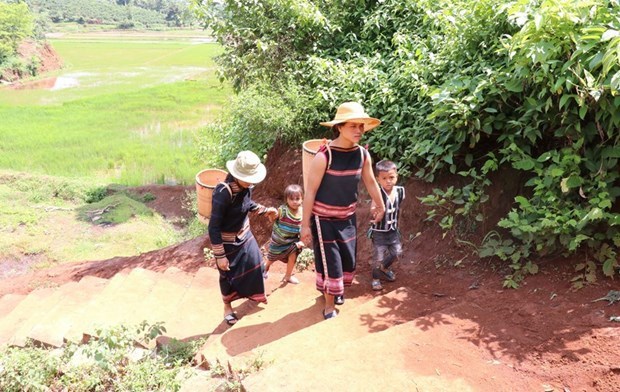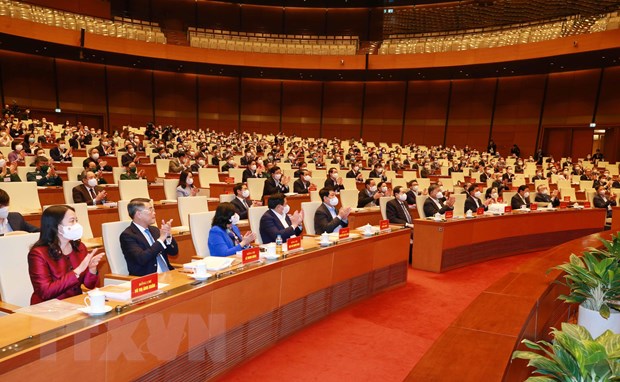
Illustrative image (Photo: VNA)
After 10 years of implementation, the National Strategy on Gender Equality for the 2011-2020 period has obtained many encouraging results, contributing to narrowing the gender gap in all fields, and fostering the nation’s socio-economic development.
The Human Development Report 2020 of the United Nations Development Program (UNDP) shows that Vietnam’s human development index (HDI) for 2019 is 0.704, putting the country in the high human development category and positioning it at 117 out of 189 countries and territories.
Gender equality results are also reflected in the reduction of gender gap in the fields of economy, labour and employment. The recent Population and Housing Census of the General Statistics Office shows that women make up 47.3 percent of the country’s main labour force. There are over 285,600 enterprises headed by female entrepreneurs, accounting for 24 percent of the total number of enterprises in the country. The literacy rate among women aged 15-60 reaches 97.33 percent.
Especially in the past 10 years, gender equality has been added or integrated into many important legal documents of Vietnam.
In the context of severe impacts of the COVID-19 pandemic, the Government has implemented many policies and solutions to support people and businesses, with gender equality-related issues mainstreamed to ensure the rights and needs of each gender.
Deputy Minister of Labour, Invalids and Social Affairs Nguyen Thi Ha said that the May general elections showed that 30.26 percent of deputies to the 15th National Assembly and nearly 30 percent deputies of the People's Councils at all levels for 2021-2026 are women, which is a clear demonstration of efforts in realising gender equality in Vietnam.
Elisa Fernandez Saenz, Country Representative of UN Women in Vietnam, an agency that has provided technical support in building the 2021-2030 strategy, suggested seriously integrating the strategy’s goals into sectoral and local plans and national target programmes to ensure financial resources for gender equality.
Vietnam also needs targeted investment in changing social norms towards promoting gender equality, which is also the first objective of the 2021-2030 strategy, she added.
In the national strategy, Vietnam expects to see women holding key leadership positions in 60 percent of state management agencies and local administrations at all levels by 2025 and 75 percent by 2030.
In addition, the number of paid women employees in Vietnam will increase to 50 percent by 2025 and around 60 percent by 2030.
The country also aims to reduce the average time women spend on doing the unpaid housework to 1.7 times by 2025 and 1.4 times by 2030 as compared to that of men.
By 2025, 80 percent of women suffering from domestic and gender-based violence will be given access to at least one of basic support services, and the figure is expected to reach 90 percent by 2030./.
Q.Hoa t.h / VNA












